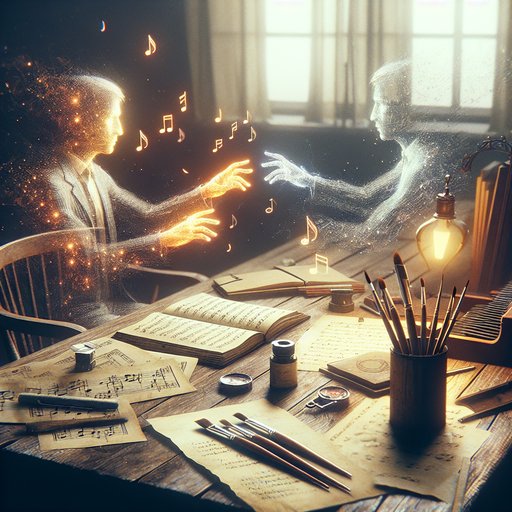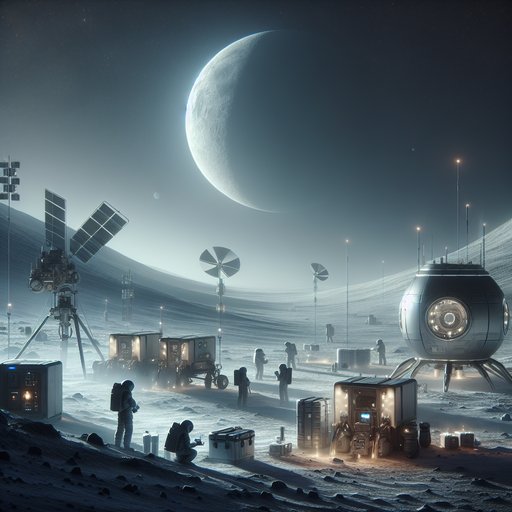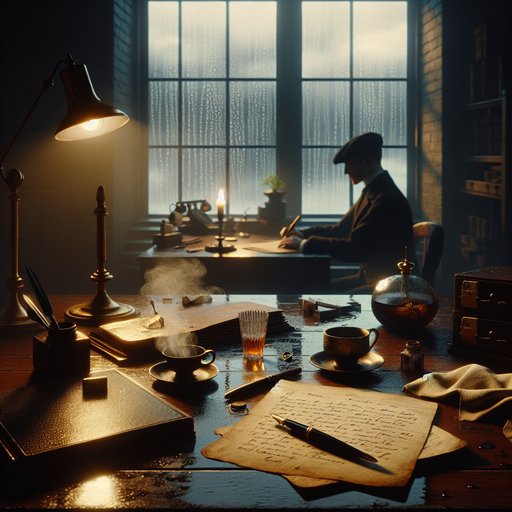
A melody lands in your inbox that you don’t remember writing. The brushstroke on your screen looks eerily like your own hand, except it came from a prompt you typed between emails. A paragraph stares back in your cadence, but you never wrestled with its commas. AI-generated music, art, and literature are no longer curios—these systems sit beside us like fluent studio mates, answering “what if?” faster than we can form the question. They challenge a belief that creativity is a private spark contained within a singular mind, and they do it in public, at scale. Inside that friction lies a chance: to renegotiate authorship, invent new genres, and build economic and ethical infrastructure that matches the texture of collaborative creation. The fight over definitions has begun in living rooms and courtrooms, but the real experiment is unfolding in the work itself.

In the Mississippi Delta, where cotton rows met levees and the night carried rhythms from shotgun houses to juke joints, blues music took on the weight of lived experience. Among its most commanding voices was Son House, whose bottleneck slide and booming, sermon-born vocals found a steadfast ally in a metal-bodied National resonator guitar. Built to carry sound over clinking glasses and crowded rooms before amplification was common, the instrument became more than a tool; it was a witness. Through drought and migration, studio doors and field recordings, the guitar’s steel face and spun-aluminum cone turned memory into melody. The story of that partnership reveals how a particular guitar design helped one Delta musician translate hardship into durable art—and how that art, in turn, spoke to the larger promises and failures of American life.

After decades of relative quiet, a new wave of lunar missions is reshaping plans for exploration and long-term presence on the Moon. NASA’s Artemis program, China’s Chang’e series, and a surge of commercial landers signal a shift from brief visits to sustained operations focused on science, resources, and technology demonstrations. Recent milestones—including India’s Chandrayaan-3 touchdown near the south pole, Japan’s pinpoint SLIM landing, China’s far-side sample return by Chang’e-6, and the first U.S. lunar landing since Apollo by Intuitive Machines—underscore the pace. With international partnerships forming and private hardware maturing, the Moon is becoming a proving ground for everything from new spacesuits and rovers to power, communications, and resource extraction systems.

In a quiet office that smells faintly of paper and rain, a clerk keeps a ledger of what the living leave behind. Each entry is a small bridge over the gap mortality opens, a record of last things and the hands that held them. The citizens bring their objects and their urgencies, and the clerk listens as if listening could pin life to the page. It is an unglamorous vocation, this accounting of final fragments, but in the scraps and misunderstandings, in the items smudged with use, a pattern sometimes gleams, then vanishes. She cannot say what it means; perhaps meaning is the wrong shape for what she’s looking for. Still, as storms gather and rooms flood, as plants root in teacups and strangers remember the textures of other palms, she keeps writing, and the ledger grows heavy with lives neither large nor small, only lived, and finite.























































